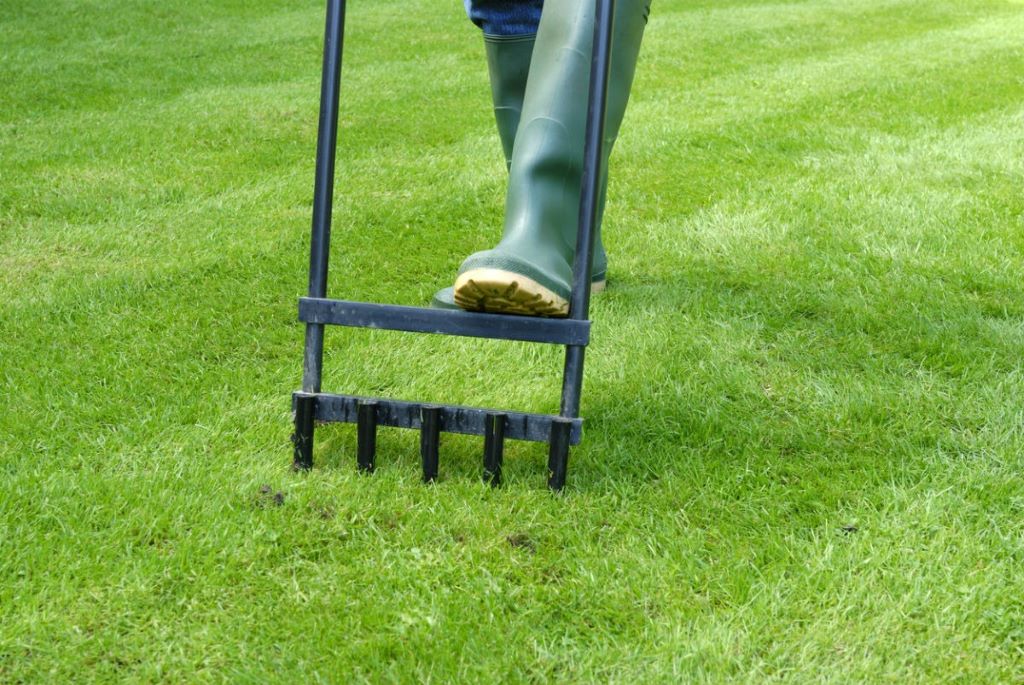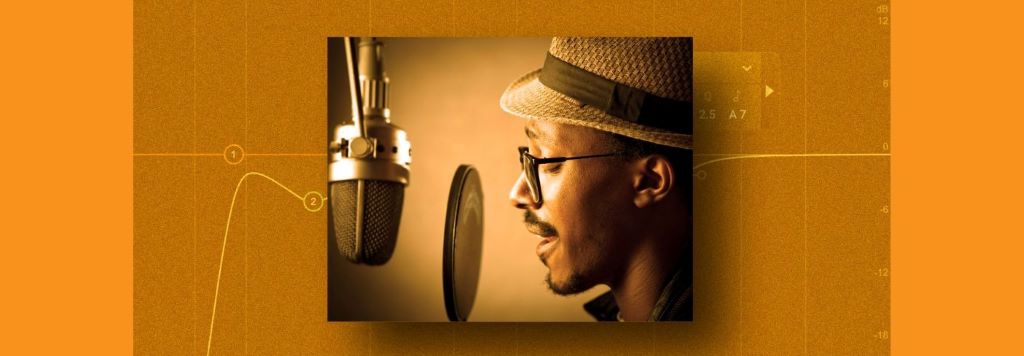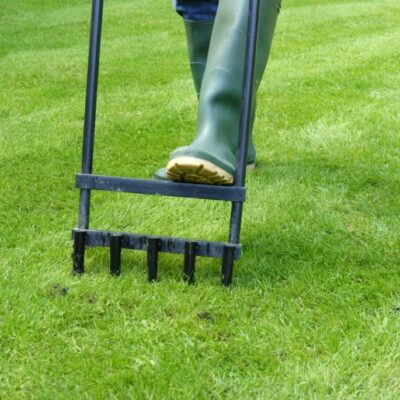What machinery is used in yarn spinning?
Yarn spinning, a fundamental process in the textile industry, involves a range of specialised machinery to transform raw fibres into yarn. Each machine in the process serves a distinct role, ensuring fibres are aligned, twisted, and strengthened to create the desired type of yarn, such as a Double Knit or DK yarn, known for its versatility in knitting and crocheting.
Opening the Process: Carding and Drawing Frames
The first major step in yarn spinning is the carding process, where raw fibres are fed through carding machines. These machines align the fibres by detangling and thinning them into a continuous strand called a sliver. This is critical for ensuring that the fibres are in a parallel formation, reducing knots and imperfections.
From here, the drawing frame comes into play. Drawing machines further thin and elongate the sliver, ensuring uniformity and preparing it for the next stage of spinning. Without this precise alignment, the final yarn would lack the consistency needed for high-quality DK yarn, such as the examples seen on the Wool Couture website.
Ring Spinning Machines: The Final Touch
After the fibres have been carded and drawn, they are passed through the spinning machine, which twists the slivers into the final yarn. Ring spinning is one of the most commonly used methods for producing yarn today. This machine creates yarn by spinning the fibres while simultaneously winding them onto bobbins. The tension and speed at which the fibres are spun determine the thickness and strength of the yarn, making it suitable for various applications, from light to heavy knitting projects.
While many different machines are involved in the yarn spinning process, ring spinning machines remain central to producing a wide range of yarns. DK yarns benefit from these efficient machines, ensuring the fibres are spun to perfection. For those in the textile industry, understanding the role of these machines is essential to producing high-quality yarn suitable for a variety of projects.





